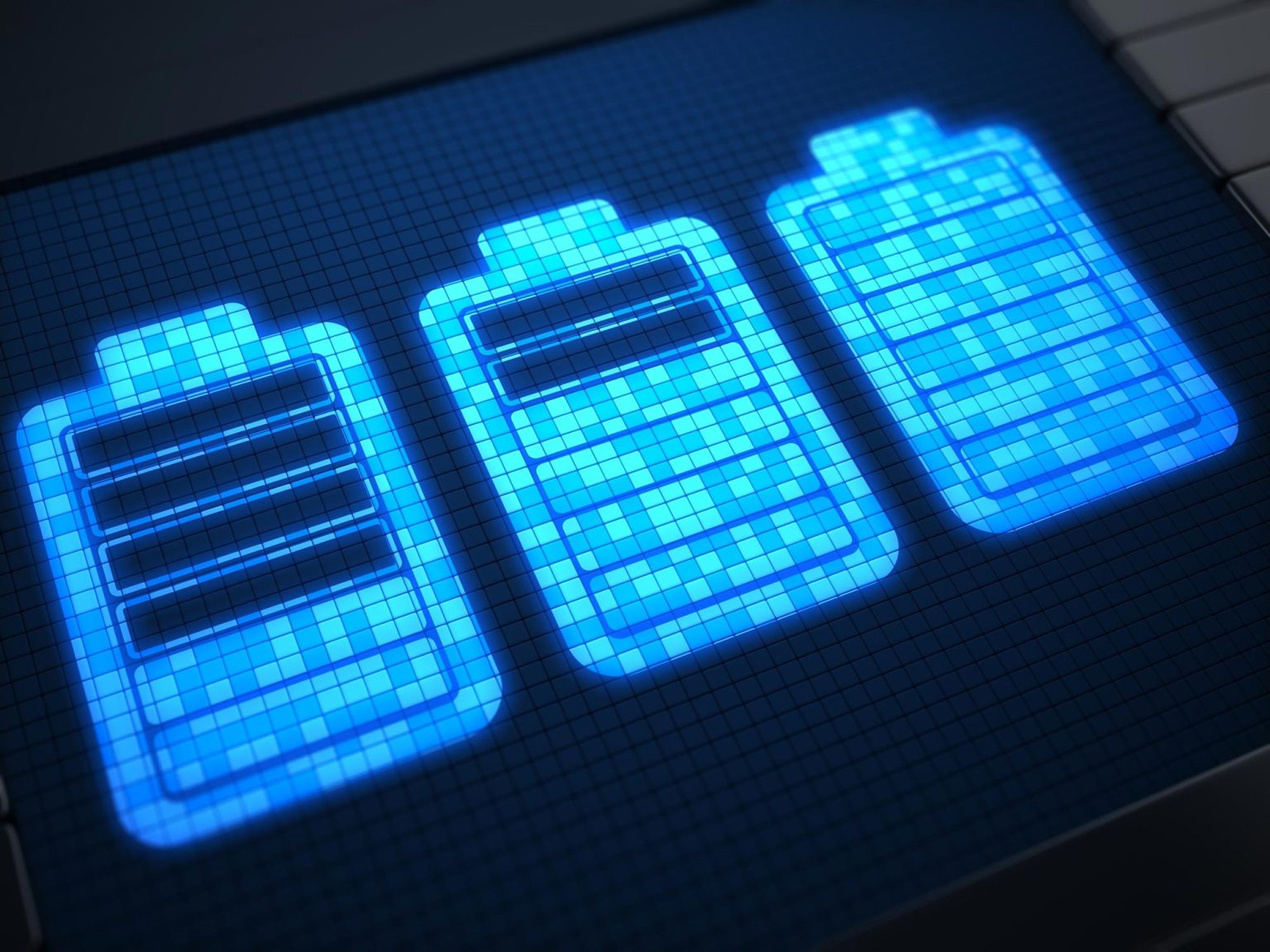Solid-state lithium metal batteries (SSB-LMBs) have been hailed as the future of energy storage, promising higher energy densities, improved safety, and longer lifespan compared to traditional lithium-ion batteries. However, a groundbreaking new study is shaking up the industry by challenging some of the core assumptions surrounding these next-generation batteries. Could it be that the hype around solid-state lithium metal batteries is overstated? Let’s dive into the latest research and its implications for the future of battery technology.
Key Assumptions Under Scrutiny
For years, researchers and industry experts have operated under the belief that solid-state electrolytes (SSEs) would solve many of the issues plaguing lithium-ion batteries. Some key assumptions that have fueled the hype include:
Superior Safety – Solid-state electrolytes are believed to eliminate the risk of dendrite formation and thermal runaway, making batteries much safer.
Higher Energy Density – Lithium metal anodes theoretically provide a significantly higher energy density than traditional graphite anodes.
Longer Cycle Life – Solid-state designs are expected to extend battery longevity by reducing side reactions and degradation.
Faster Charging – Some models predict that SSBs could allow ultra-fast charging without overheating concerns.
However, new research suggests that these benefits might not be as absolute as once thought.
What the New Study Reveals
A recent study published by a team of battery researchers has highlighted some critical flaws in the assumed advantages of solid-state lithium metal batteries:
Dendrite Growth is Still a Problem – Despite the absence of liquid electrolytes, some SSEs are still prone to dendrite formation, which can lead to short circuits and battery failure.
Energy Density Challenges – While lithium metal anodes offer higher theoretical energy density, practical applications reveal inefficiencies due to interface stability issues and poor cycling performance.
Longevity Concerns – The study found that some SSEs degrade faster than expected due to chemical reactions with lithium metal, counteracting the anticipated lifespan benefits.
Charging Limitations – Thermal management remains a challenge, as solid-state batteries may not dissipate heat as efficiently as liquid-based lithium-ion batteries, leading to potential safety risks during fast charging.
Material and Manufacturing Challenges
The transition from lithium-ion to solid-state lithium metal batteries presents several manufacturing and material science challenges:
Cost of Production – Solid-state batteries require expensive materials and complex manufacturing processes, making them significantly costlier than conventional lithium-ion batteries.
Scalability Issues – While solid-state technology works in lab settings, scaling up production to meet global energy demands remains a considerable hurdle.
Material Compatibility – Finding the perfect solid electrolyte that balances conductivity, stability, and durability without reacting negatively with lithium metal is still a work in progress.
What This Means for the Battery Industry
The findings from this study do not spell the end for solid-state lithium metal batteries, but they do suggest that more research and technological advancements are needed before they can truly revolutionize the market. Battery manufacturers and researchers may need to:
Develop new solid-state electrolytes with better stability and resistance to dendrite formation.
Improve interface engineering to reduce degradation and enhance battery lifespan.
Optimize thermal management strategies to support fast charging without compromising safety.
Consider hybrid battery designs that integrate both solid and liquid electrolyte properties for improved performance.
Implications for Electric Vehicles (EVs)
One of the biggest markets for solid-state lithium metal batteries is the electric vehicle (EV) industry. Automakers are betting on SSBs to extend driving range, enhance safety, and reduce charging times. However, this study indicates that widespread EV adoption of solid-state batteries may be further away than anticipated due to:
Unresolved Performance Issues – Current SSB prototypes still struggle with consistent performance under real-world conditions.
High Manufacturing Costs – EVs are already expensive, and adding costly solid-state battery technology could make them unaffordable for many consumers.
Infrastructure Adaptation – Charging stations and battery production facilities will require significant upgrades to accommodate the new technology.
Future Outlook: Hype or Hope?
While this new study raises important concerns, it does not entirely debunk the potential of solid-state lithium metal batteries. The technology remains one of the most promising advancements in the battery industry, but it is clear that significant challenges remain before commercialization on a large scale.
As research progresses, the industry must balance optimism with realism, investing in overcoming technical barriers rather than banking on speculative hype. If solid-state lithium metal batteries can meet their promises, they could redefine the future of energy storage. However, for now, the road ahead remains complex and uncertain.
SEO Takeaways
Solid-state lithium metal batteries are still in development, and new research questions their practical advantages.
The latest study finds issues with dendrite growth, energy density, and longevity, challenging previous assumptions.
Battery manufacturers must innovate with better electrolytes, improved interfaces, and enhanced thermal management.
The future of solid-state batteries depends on overcoming these technical barriers for mainstream adoption.
The EV industry may face delays in adopting SSBs due to cost, scalability, and performance issues.
Are solid-state lithium metal batteries just hype, or will they truly redefine the future of energy storage? The answer lies in future technological breakthroughs and industry adaptability. Stay tuned for more updates on this evolving technology.
Just Hype? New Study Challenges Core Assumptions About Solid-State Lithium Metal Batteries

















+ There are no comments
Add yours